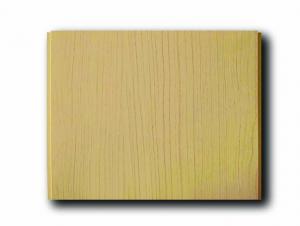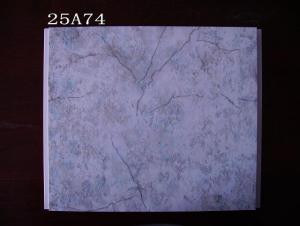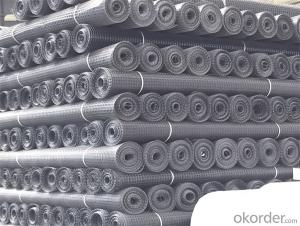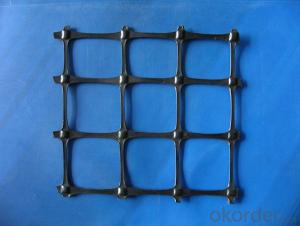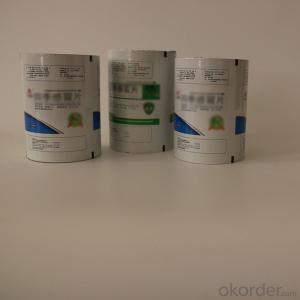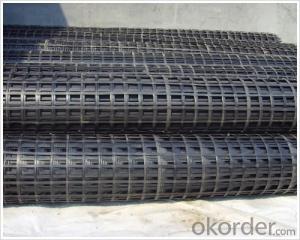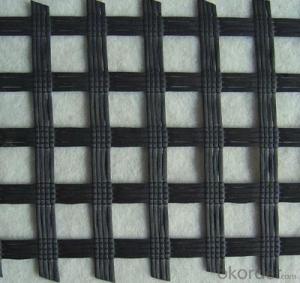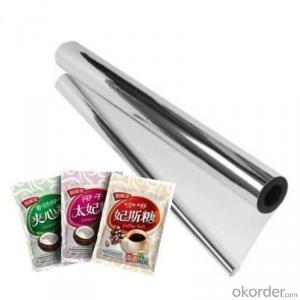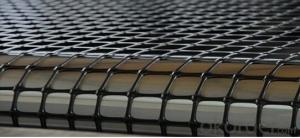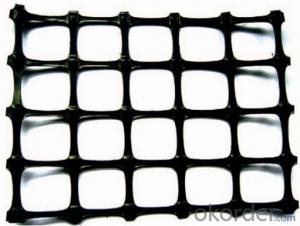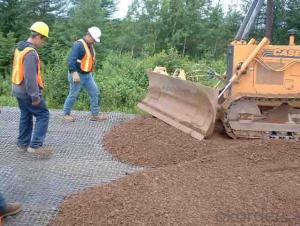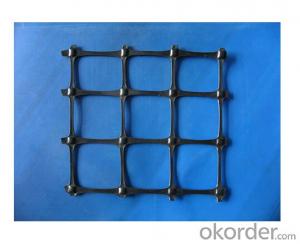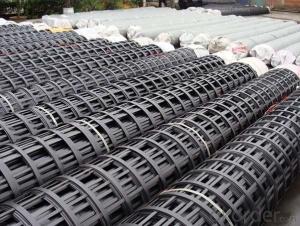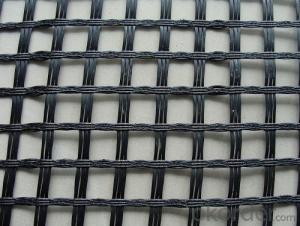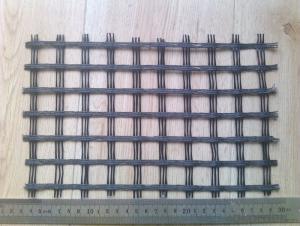Biaxial Plastic Geogrid
Biaxial Plastic Geogrid Related Searches
Primer For Galvanized Steel H S Code For Stainless Steel Wd 40 For Stainless Steel Spray Paint For Stainless Steel Drill Bits For Stainless Steel Sponge For Stainless Steel Caulking For Stainless Steel Steel Vessels For Kitchen Best Solar Inverter For Home Led Table Lamps For HomeHot Searches
Steel Mesh Panels For Sale Price For Stainless Steel Scrap Scrap Price For Stainless Steel Cheap High Tea Sets For Sale Stainless Steel Tanks For Sale High Density Fiberboard For Sale Solar Hot Water Collectors For Sale Scaffolding For Sale In Uae Scaffolding For Sale In Ireland Scaffolding For Sale In Houston Type Of Inverter For Solar Price Of Shipping Containers For Sale Stock Price For Aluminum Used Solar Inverter For Sale Portable Led Signs For Sale Stone Hot Water Bottles For Sale Large Led Screens For Sale Used Aluminum Scaffolding For Sale 1/4 Aluminum Plate For Sale Pvc Chairs For SaleBiaxial Plastic Geogrid Supplier & Manufacturer from China
Okorder.com is a professional Biaxial Plastic Geogrid supplier & manufacturer, offers integrated one-stop services including real-time quoting and online cargo tracking. We are funded by CNBM Group, a Fortune 500 enterprise and the largest Biaxial Plastic Geogrid firm in China.Hot Products
FAQ
- Installation damage can have a significant impact on geogrid performance. When geogrids are improperly installed or handled, they can sustain damage such as tears, punctures, or stretching. These damages can weaken the geogrid's structural integrity and compromise its ability to provide reinforcement and stabilization in soil or aggregate applications. As a result, the geogrid may not be able to withstand the intended loads and stresses, leading to reduced performance and potential failure of the geosynthetic system. Therefore, proper installation techniques and careful handling are crucial to ensure optimal geogrid performance and longevity.
- Physical characteristics of geogrid construction method
- 2, check the geogrid reinforced asphalt pavement or cement: Geogrid laying layer at the bottom of asphalt or cement, can reduce rutting depth, prolong the fatigue life of the pavement, but also can reduce the asphalt or cement pavement thickness, in order to save costs.3, one-way geogrid for reinforcing the dam and road slope and retaining wall: the traditional embankment especially filling high embankment filling and often need to shoulder edge easy compaction, resulting in slope rainwater invasion, collapse phenomenon, at the same time with a gentle slope, covers an area of large, retaining wall have the same problem with Geogrid embankment slope or retaining wall reinforcement can be reduced by two points a area, prolong service life, reduce the cost of 20 - 50%.4, one-way geogrid to reinforce the River seawall: made of stone cage, with the grid and use, prevent the dam washed collapse, stone cage is permeable and can reduce the impact of the waves, prolong the life of the dam, save manpower, shorten the construction period.5, one-way geogrid for processing landfills: Geogrid and other synthetic materials using a combination of Soil Treatment Landfill, can effectively solve the problem of gas emissions derived from the uneven settlement of foundation, and can improve the landfill to maximize storage capacity.6, one-way geogrid special purpose: low temperature resistance. Low temperature resistance of geogrid Lianyi, at - 45 C and 50 C - repeated 200 cycles, the performance indexes meet the requirements, and has been applied to the test of the Qinghai Tibet railway, the North less ice permafrost and ice rich permafrost and ice rich permafrost bad geology.
- Yes, geogrids can be used in the reinforcement of mechanically stabilized earth bridge abutments. Geogrids are commonly used in geotechnical engineering to enhance the stability and strength of soil structures, such as bridge abutments. They provide tensile strength and distribute loads, improving the overall performance and longevity of the structure.
- Yes, geogrids can be used for reinforcement in railway tracks. Geogrids are a type of geosynthetic material that can provide additional strength and stability to the track structure. They can help distribute loads, prevent track settlement, and improve overall track performance.
- What is the significance of each index
- The slope on shop, should maintain a certain degree of tightness.Two)Geosynthetics shall be placed on each side of the embankment for a certain length, and shall be folded and wrapped in compacted fillOn the plane, the exposed part of the earth is covered by the soil.Three)When the joint of geosynthetics is used, the lap length should beThree hundred
- Yes, geogrids can be used in reinforced concrete pavements. Geogrids are commonly used as a reinforcement material in concrete pavements to enhance their structural integrity, reduce cracking, and increase their load-bearing capacity. The geogrids work by distributing the load more evenly, reducing the stresses on the concrete and preventing the formation and propagation of cracks.
- What is the difference between nonwoven geotextiles and geotextile? What is their role?
- Effect: usually used for maintenance, reverse filtration, etc..
- Yes, geogrids can be used in ground stabilization for wastewater treatment plants. Geogrids are often used in such applications to reinforce and stabilize the soil, preventing erosion and ensuring long-term stability of the facility's infrastructure. They provide additional support to the ground, reducing the risk of settling and maintaining the integrity of the wastewater treatment plant's structures.






